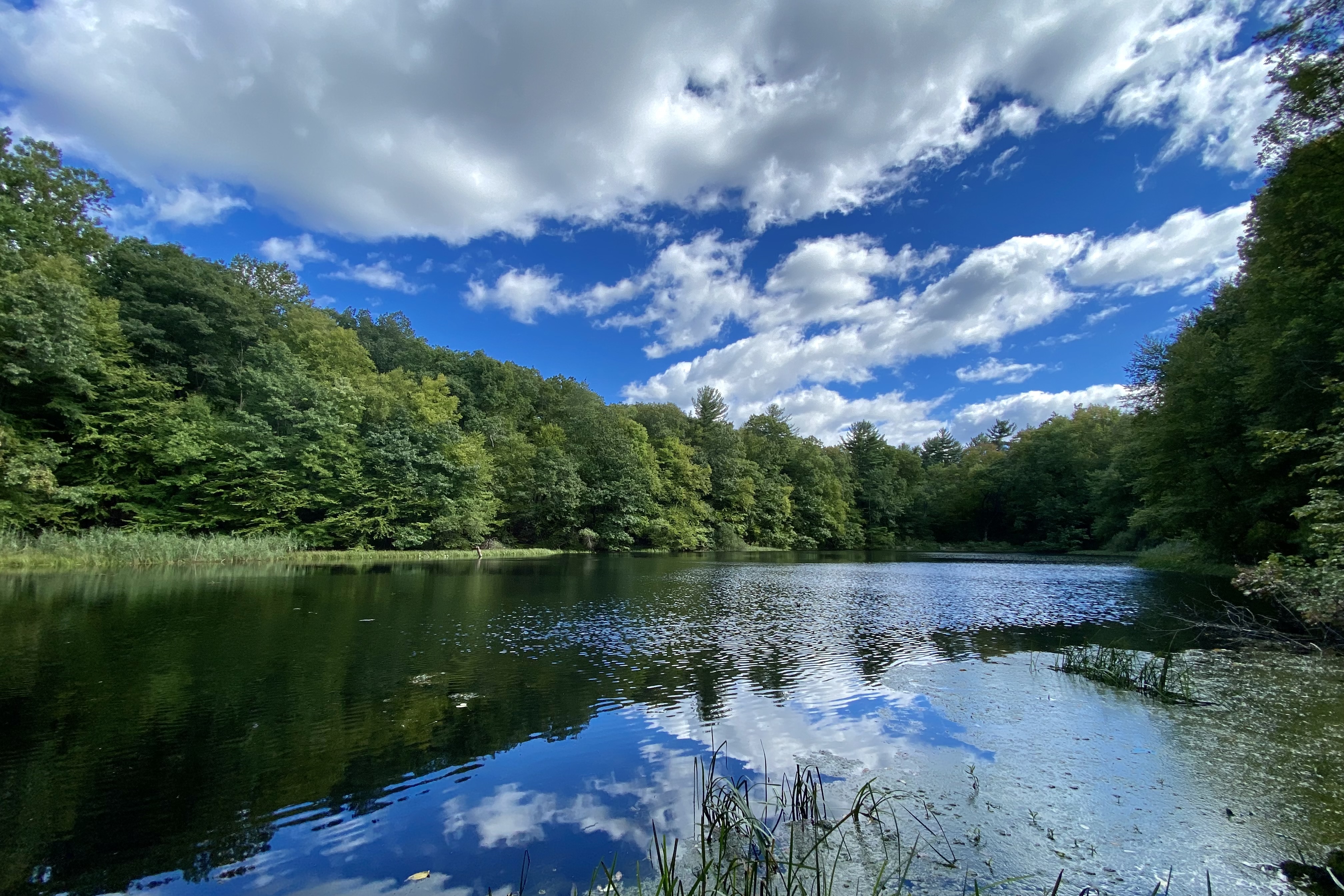Top 10 Best Indoor Houseplants
An introduction to some of the most mutually beneficial houseplants you can have in your home this winter and where to buy them.
1) Peace Lily (Spathiphyllum)
This is a great plant for beginners. It's easy to care for, and the flowers are beautiful! According to a paper written by Takashi Oyabu, peace lilies have a significant capability to reduce odors and purify the air in your home.
Height/width: On average, peace lilies reach 18 inches in height and width.
Light: Lots of indirect sunlight is ideal. Peace lilies will adapt to survive in low light if cared for properly.
Water: On an as-needed basis, which will be often in high light conditions. The soil should be moist at all times, but the plant should not be sitting in water. Peace lilies will indicate when they are in need of water when their leaves begin to droop. If living in a dry place, mist the plant on occasion.
Temperature: 60-70 degrees.
Fertilizer: Too much will result in severe browning of leaves, too little and the plant will not grow. Add weakened fertilizer to the soil every couple of weeks.
Pet safe: Mildly toxic if consumed by animals.
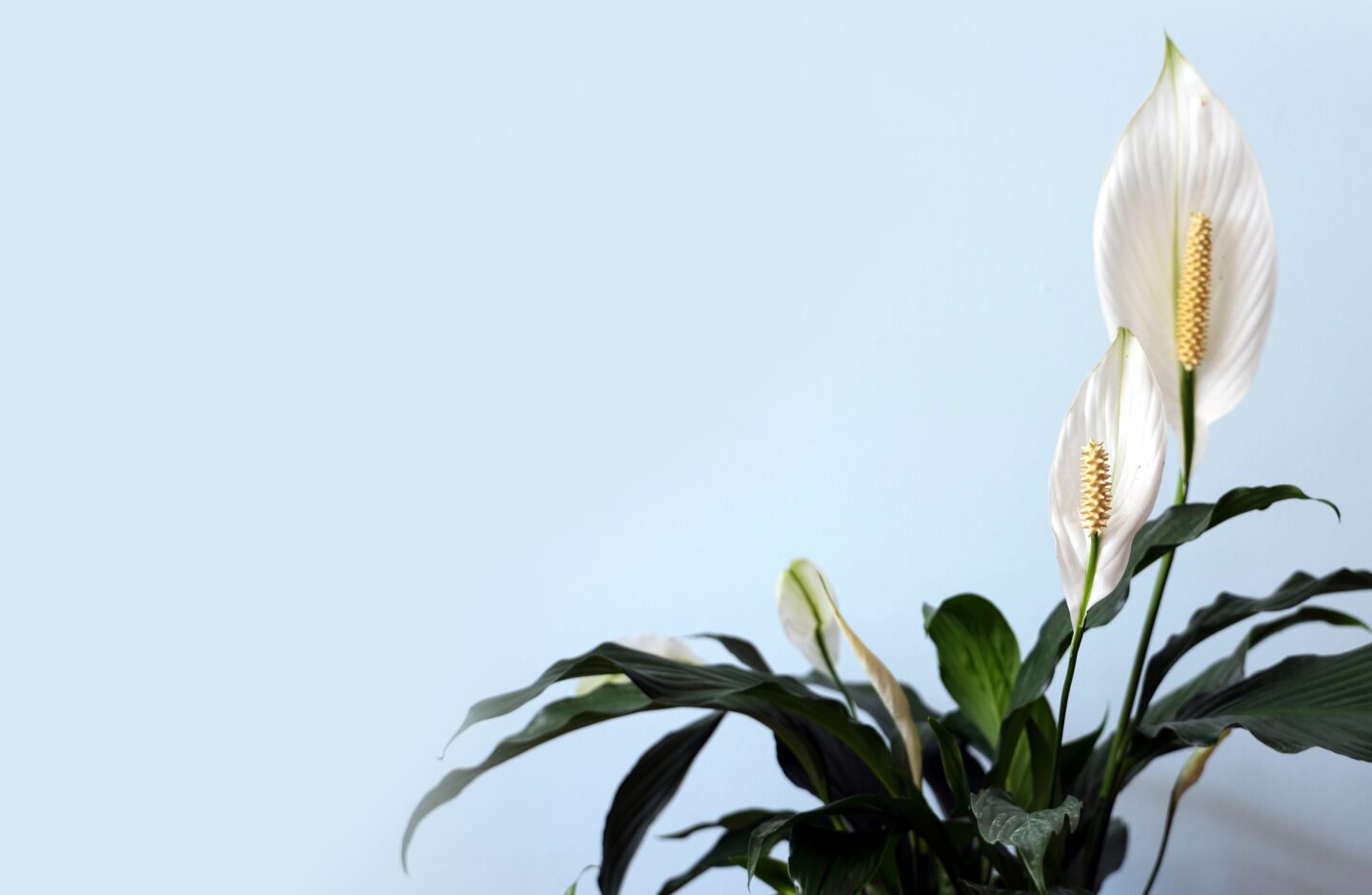
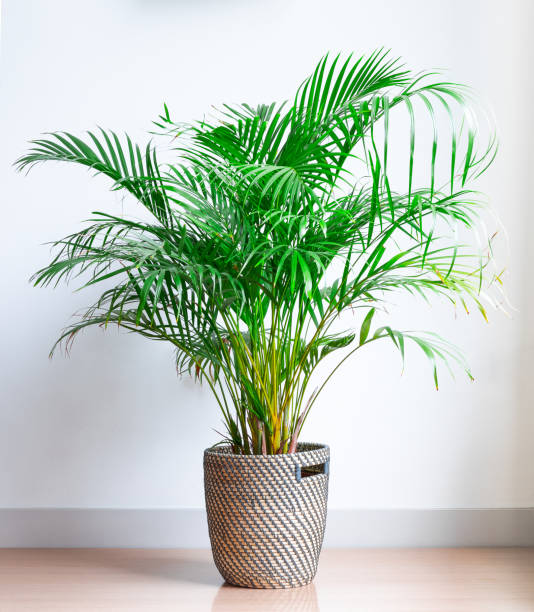
2) Parlour Palm (Chamaedorea elegans)
Another air-purifier, this plant is found a lot in office buildings because of it's exotic look. It's easy-to-care-for nature and adaptability to most household conditions makes this another great beginner plant.
Height/width: 2-6 feet tall, 2-3 feet wide.
Light: Indirect, high light to low light requirements.
Water: Underwatering is better than over watering. Soil should be moist but no standing water should be visible. In winter months, water only when soil is completely dry.
Temperature: Ideal range 70-80*F.
Fertilizer: High-nitrogen, slow releasing fertilizer twice a year (compost works great too!)
Pet safe: Yes.
3) Flamingo Lily (Anthurium)
This plant is native to rainforests in Central and most of South America, and so copying this environment is helpful to consider when caring for this plant.
Height/width:
Light: Bright, indirect sunlight.
Water: Evenly moist soil in summer, no standing water. Less frequent watering in winter.
Temperature: Humidity is this plant's friend - bathrooms and kitchens are ideal. Keep above 60*F.
Fertilizer: Once every two weeks, not during winter months.
Pet safe: No.
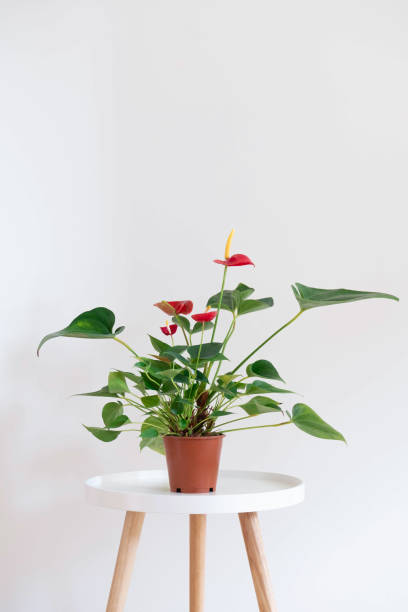
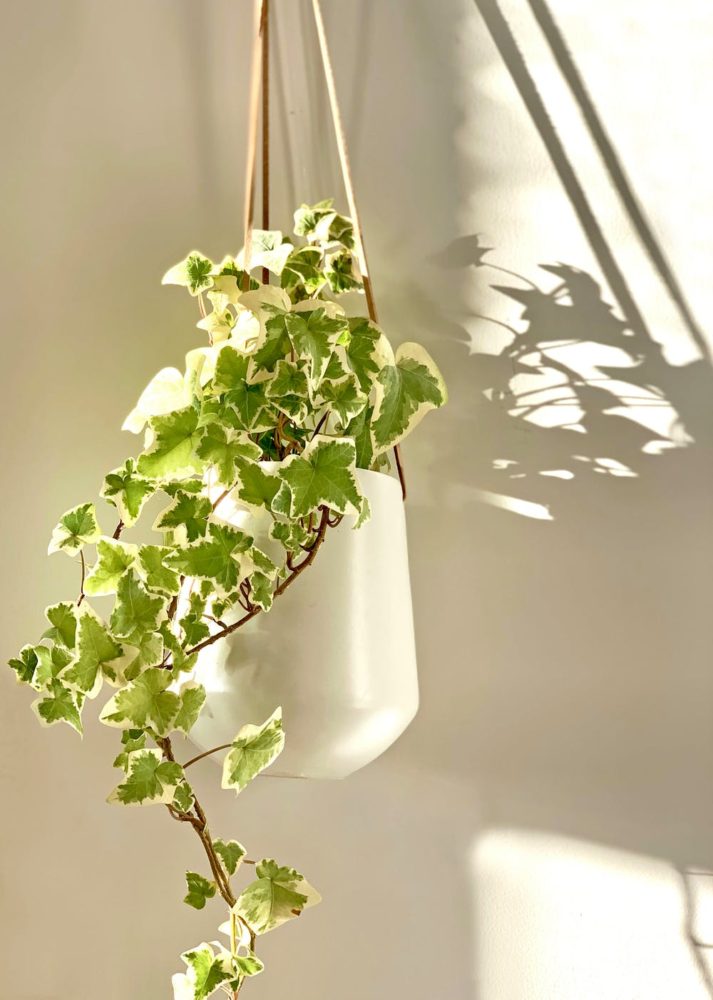
4) English Ivy (Hedera helix)
The hardiness of this woody vine makes it ideal for beginners. It's air purification properties are attractive to small space owners. However, if you chose to get rid of this plant, please do not throw it in the woods! English ivy is an invasive species.
Height/width: 6-8 inches tall, 15 feet wide (covers ground or can grow up walls).
Light: Partial to full shade.
Water: Less frequently than most plants, English ivy prefers drier soil.
Temperature: 45-80*F.
Fertilizer: Use a 20-20-20- fertilizer, once every two weeks but not during the winter months.
Pet safe: Yes.
5) Boston Fern (Nephrolepis exaltata)
Ferns are some of the most elegant household plants you can own - and they're easy to care for!
Height/width: 2-3 feet tall and wide.
Light: Bright, indirect light.
Water: Water only when soil is dry. To avoid overwatering, try misting the plant.
Temperature: 65-75*F, high humidity.
Fertilizer: Liquid fertilizer (watered down to half strength) once a month during growing seasons.
Pet safe: Yes.
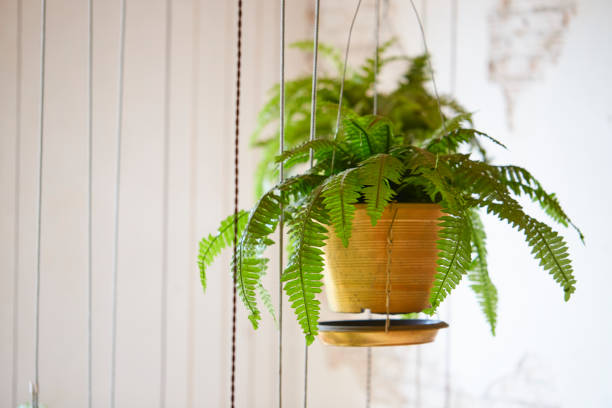
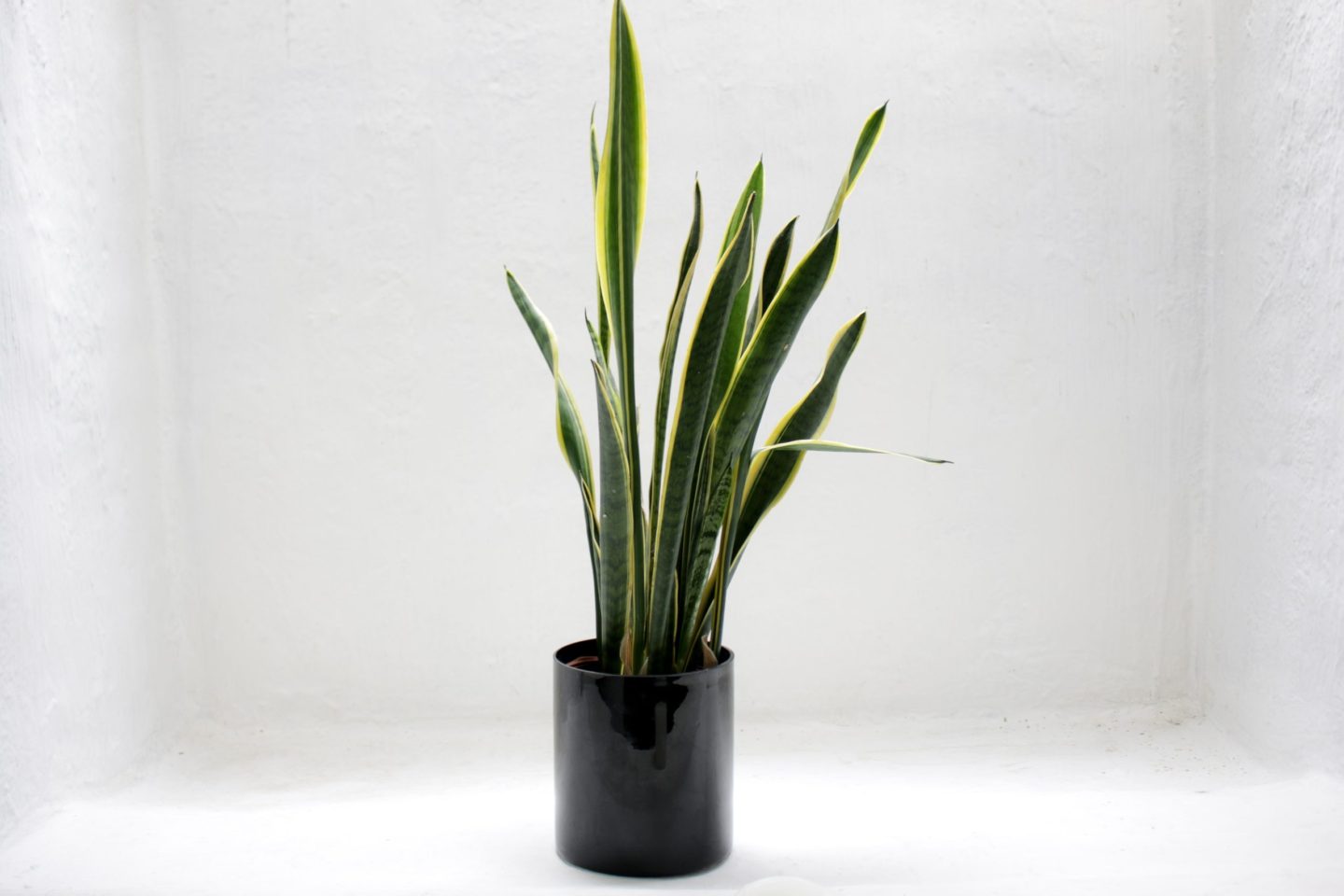
6) Variegated Snake Plant (Sansevieria trifasciata)
These plants are one of the few that continue to purify your air, even during the night. A variegated snake plant is one of the easiest plants to care for because of how little requirement it takes to keep it alive.
Height/width: 3-4 feet tall.
Light: Medium to low light.
Water: Approximately once a month, or when soil is completely dry.
Temperature: 55-80*F.
Fertilizer: Once or twice a year.
Pet safe: No.
7) Spider Plant (Chlorophytum comosum)
This is probably the most common household plant. It's relaxed nature presents itself in how you care for the plant and how the plant looks. Try hanging this plant from a hanging basket!
Height/width: 1-2 feet tall.
Light: Medium to low light.
Water: When the top 50% of the soil is dry.
Temperature: 55-60*F and low to medium humidity.
Fertilizer: Once every month with a 20-20-20 liquid fertilizer.
Pet safe: Yes.

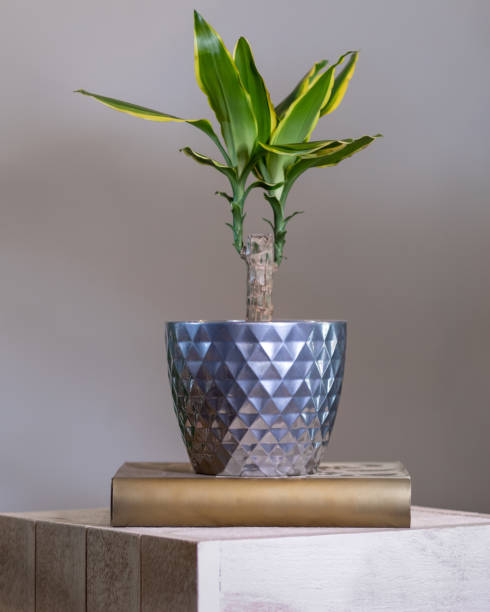
8) Corn Plant (Dracaena fragrans)
This tall, exotic-looking plant is great in corners of rooms. It can be expensive to buy as a mature adult, so try growing it from a seedling!
Height/width: 6 feet tall, 1 foot wide.
Light: Medium light.
Water: Keep the soil moist at all times and let it dry out a little during winter. Do not have standing water in your pot. To avoid overwatering, this plant loves a good mist.
Temperature: 60-75*F. Medium to low humidity levels.
Fertilizer: Once every other month, sparingly during winter months.
Pet safe: No.
9) Weeping Fig (Ficus benjamina)
A beautiful plant, the weeping fig is often used as a decoration or statement piece in homes. However, it does require more maintenance than other plants on this list.
Height/width: 3-6 feet tall.
Light: High indirect sunlight.
Water: Keep soil moist with consistent, heavy watering (no standing water) and misting.
Temperature: 75-85*F. High humidity.
Fertilizer: Fertilizer pellets once every month during growing season and once every two month during the winter.
Pet safe: No.
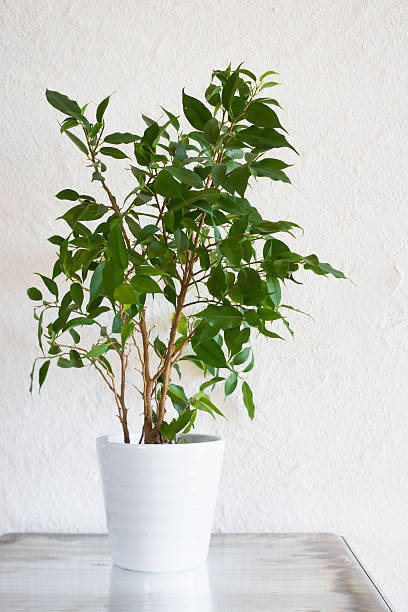
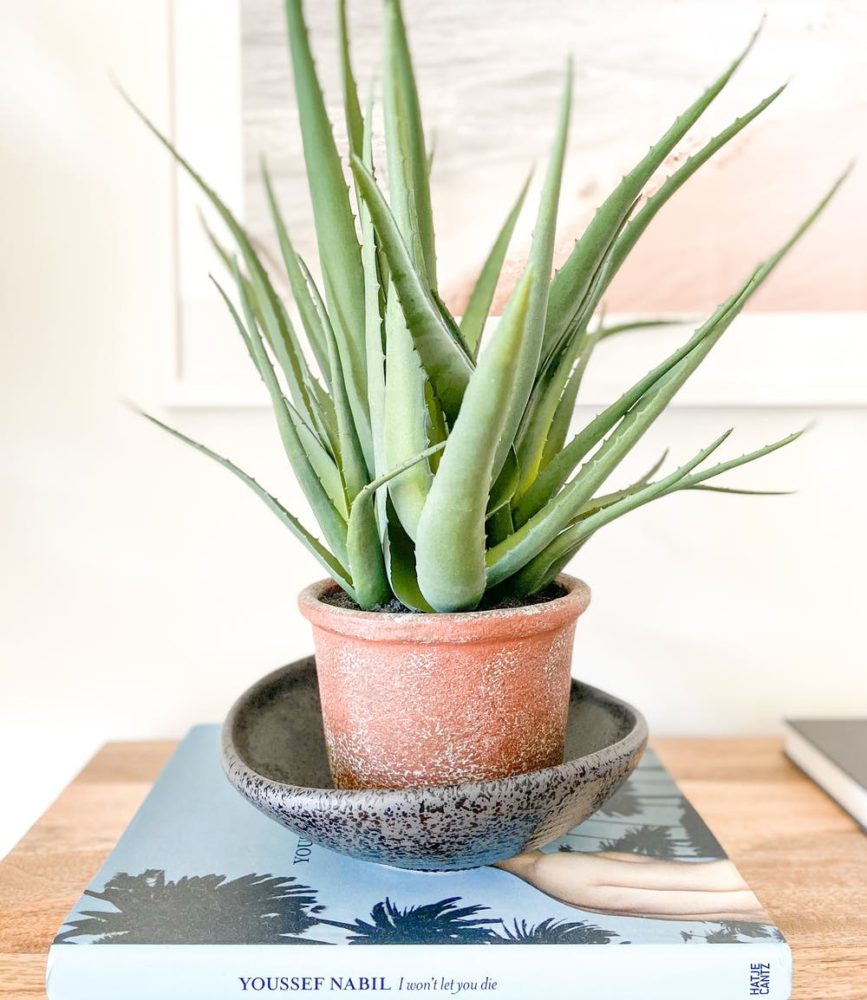
10) Aloe Vera
Along with air purification properties, the medicinal properties make this plant a highly sought-after house plant.
Height/width:
Light: Bright, indirect light.
Water: Water thoroughly when necessary, but let top 1/3 of soil dry before re-watering.
Temperature: 55-80*F.
Fertilizer: Once a month in growing seasons, diluted to 1/2 strength.
Pet safe: Yes.
Westmoreland Sanctuary hopes that you found this information helpful when deciding your next (or fist!) household plant to care for. Please note that most of these plants can be purchased at your local hardware stores such as Home Depot or Lowes, or online. If you chose to purchase a plant online, be sure to do your research into where the plant was grown until shipment, how the plant will be shipped, and refund policies if you receive the plant damaged or dead.
~ Westmoreland Sanctuary Staff
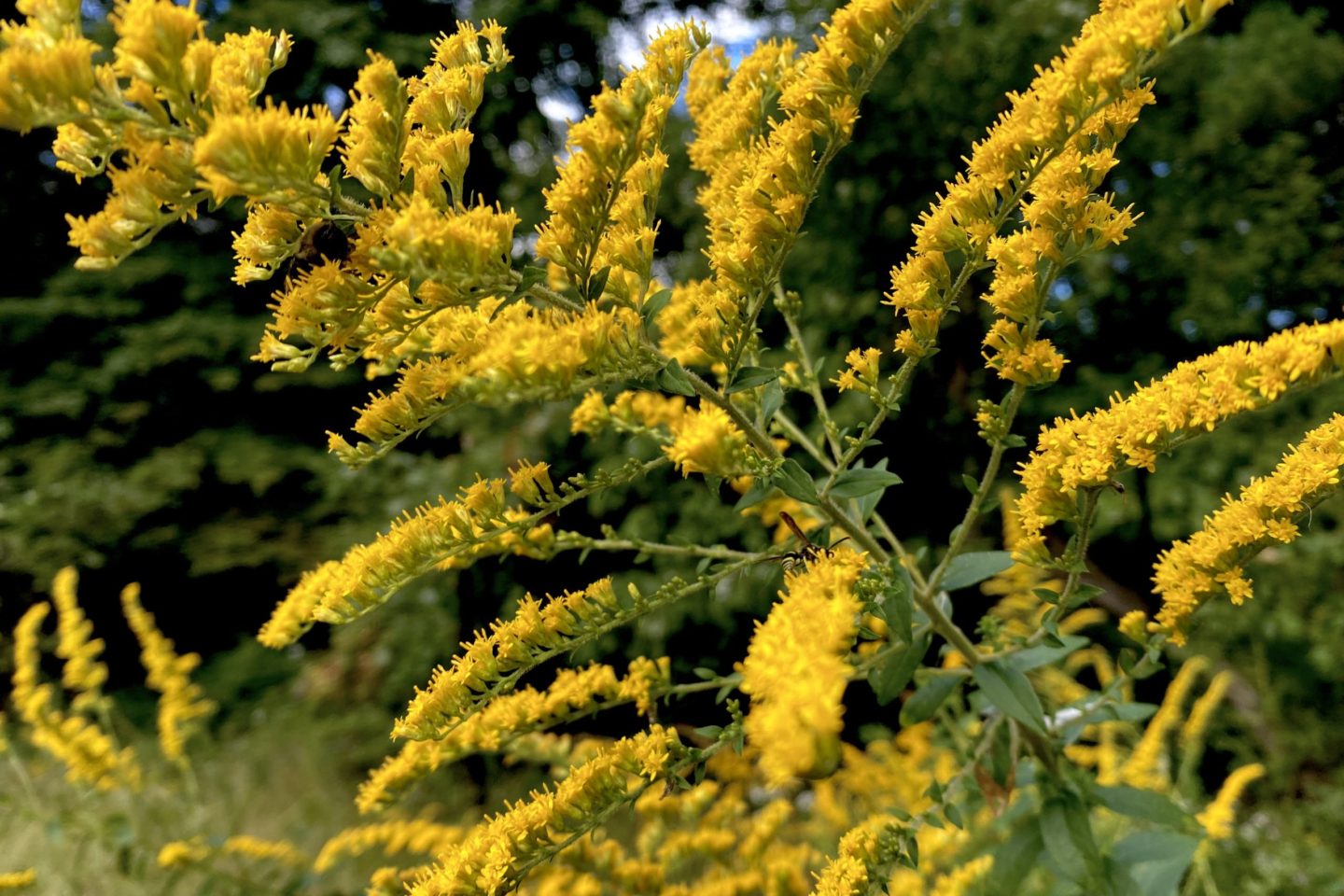
Goldenrod found in Westmoreland's Wheeler Field. Taken by: Patrick Carney, Westmoreland Outdoor Environmental Educator
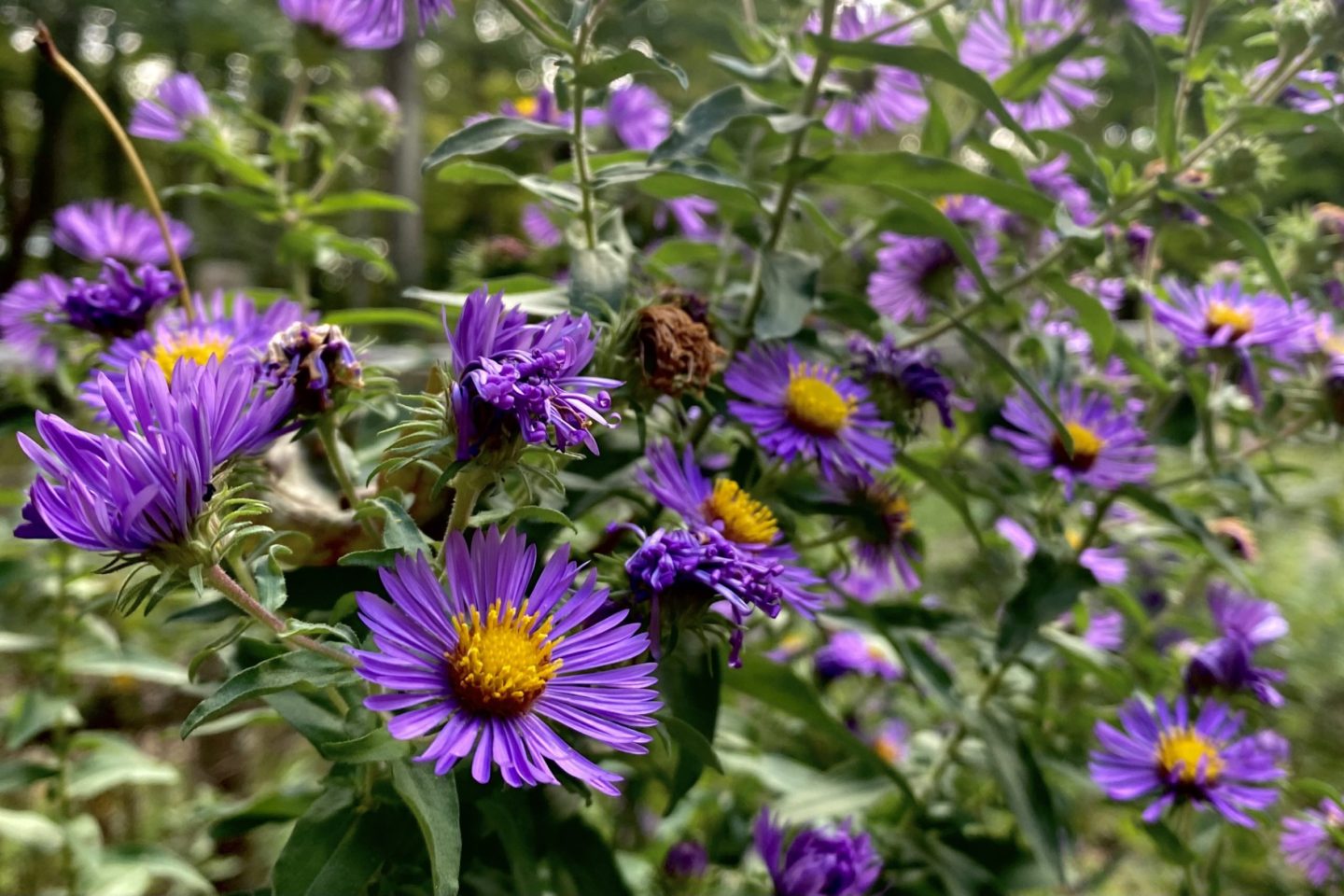
New England Asters found in Westmoreland's Wheeler Field. Taken by: Patrick Carney, Westmoreland Outdoor Environmental Educator

